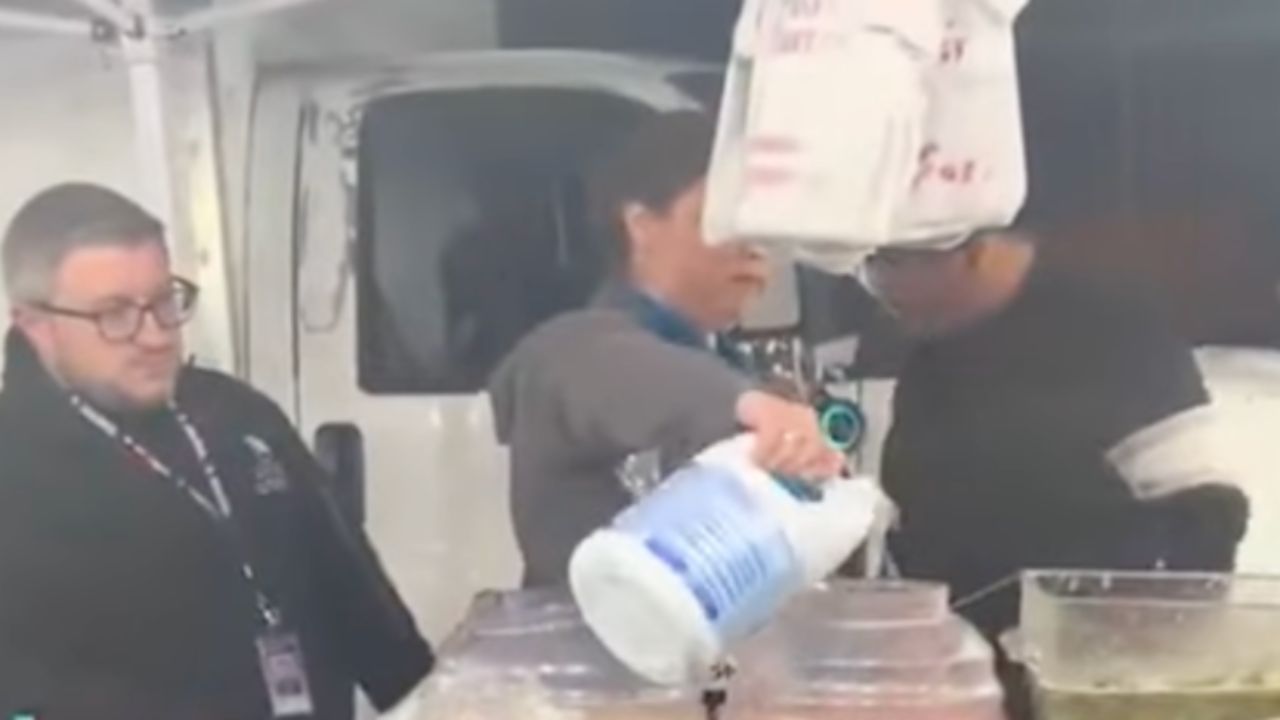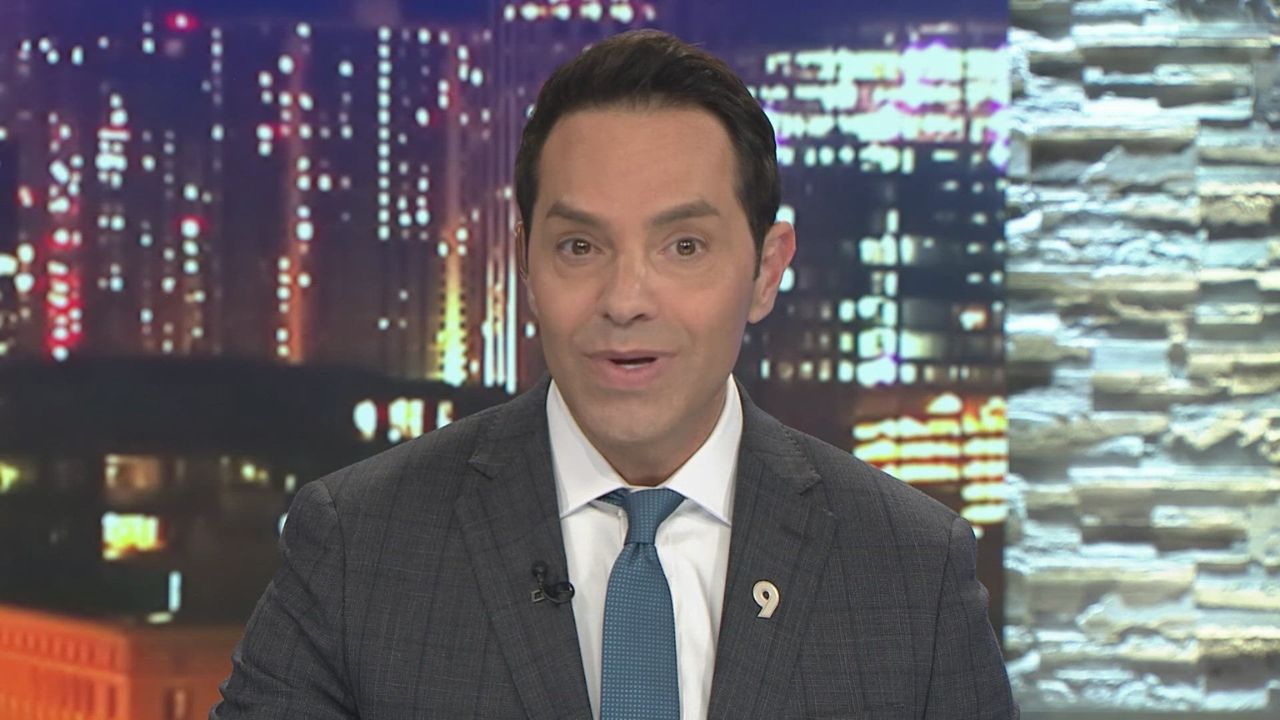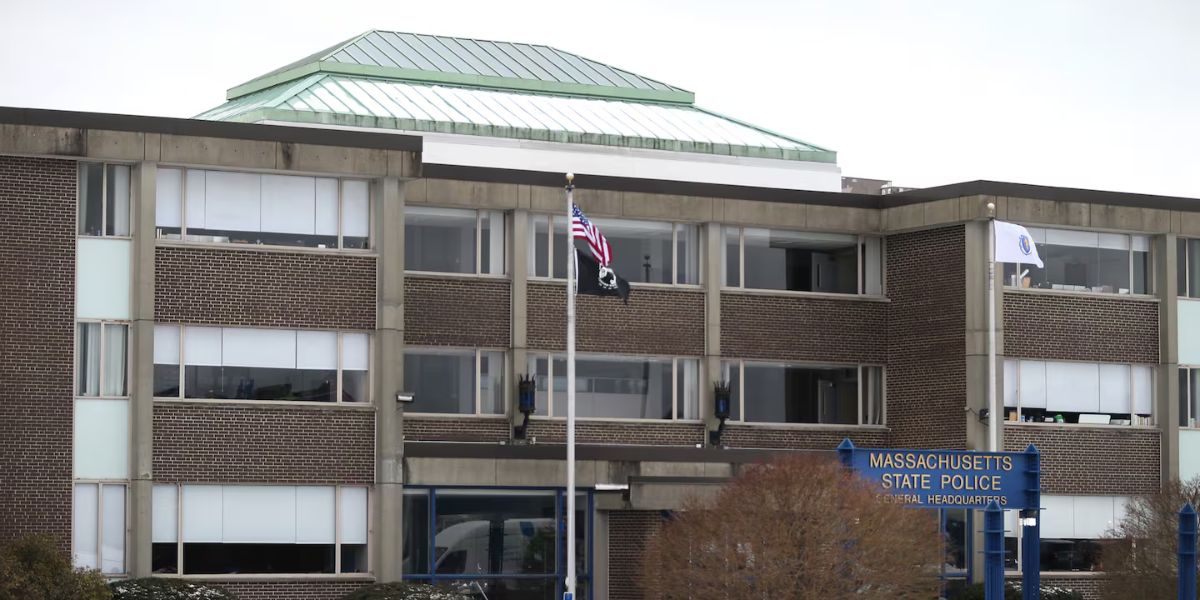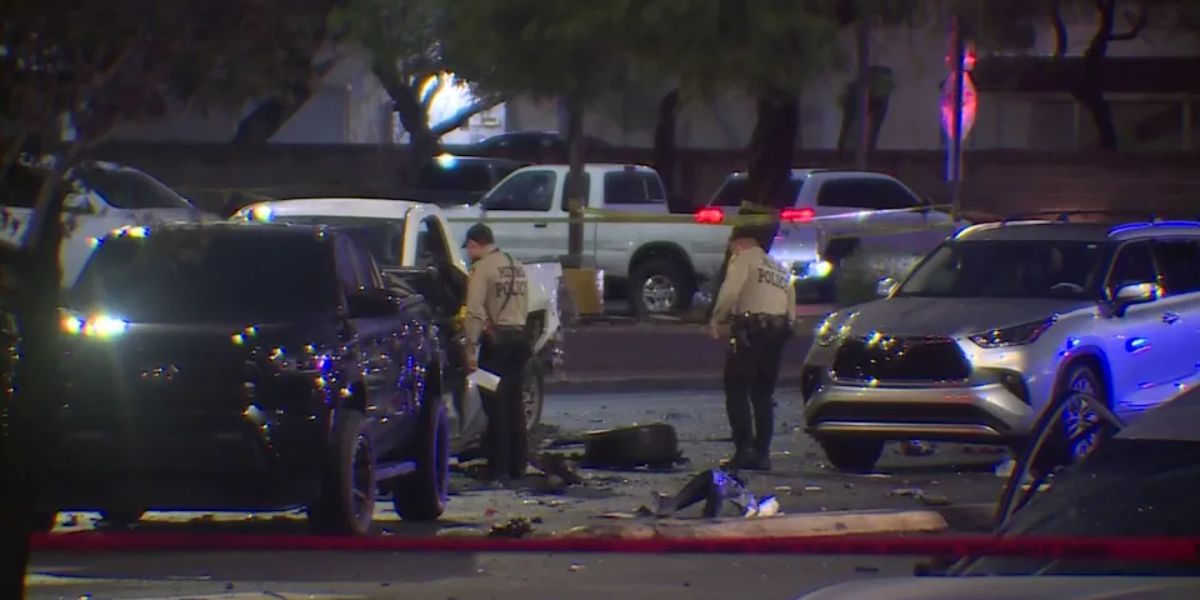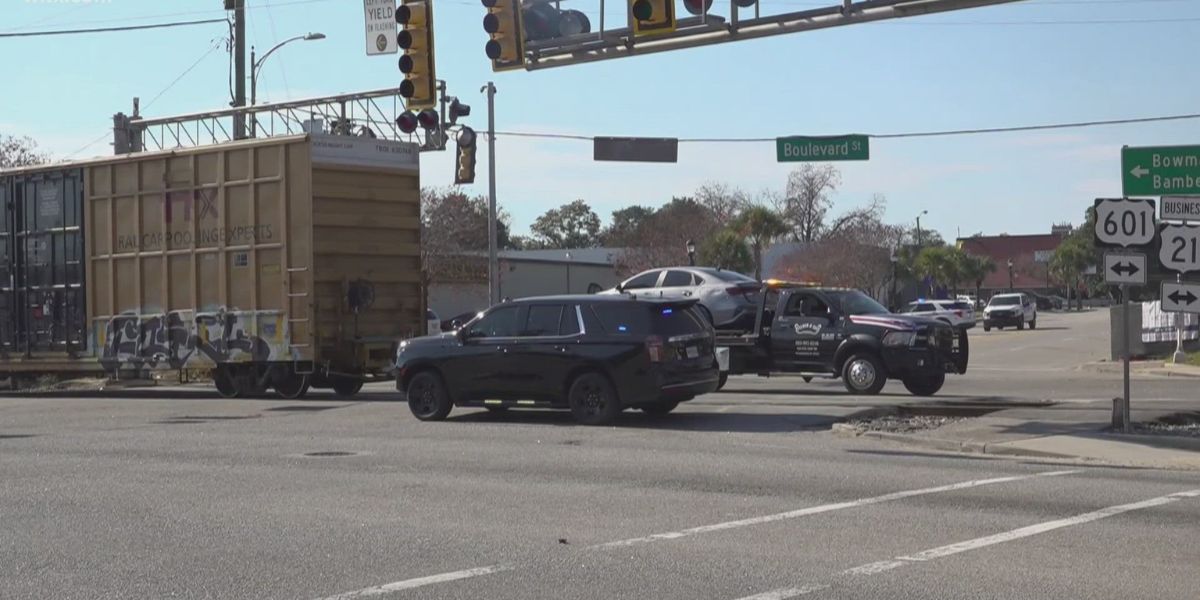After devastating wildfires, Los Angeles County had a plan to send the burned debris to the desert for disposal.
This plan was meant to quickly clear the fire-damaged areas and manage the large amount of waste created by the fires. However, the community around the desert area raised strong concerns about this plan.
Residents and environmental groups worried that sending fire debris to the desert could harm the local environment.
They feared it might pollute the land and water, affect wildlife, and damage the natural beauty of the desert. Many locals felt they were not properly consulted before the decision was made, which led to frustration and protests.
The county originally chose the desert site because it was a large, open area far from residential zones. Officials believed it was the safest and fastest way to handle the debris. But as more voices spoke up, the county had to reconsider.
People organized community meetings and started petitions demanding more transparency and better environmental care. They wanted alternative solutions that would protect the desert and their health. The public pressure made county officials pause and rethink their approach.
In response, the county began exploring other options for fire debris disposal. They promised to involve the community more in the decision-making process. Officials said they want to find ways that are safe, environmentally responsible, and respectful to local residents.
This situation shows how important it is for government agencies to listen to the communities affected by their plans. When people speak up, it can lead to better solutions that protect both people and nature.
The story of LA County and the fire debris highlights a bigger challenge faced by many areas dealing with wildfire damage. Finding ways to manage debris without causing harm is tricky but necessary. Community voices play a key role in shaping these decisions.

